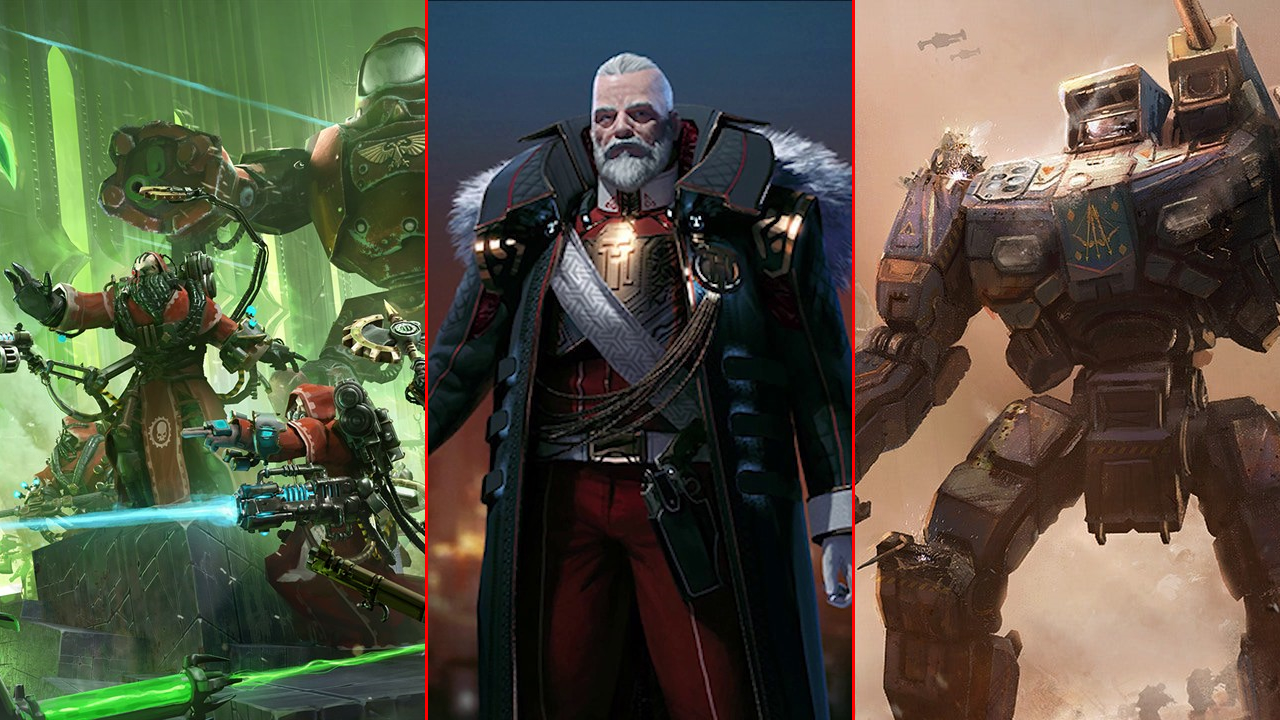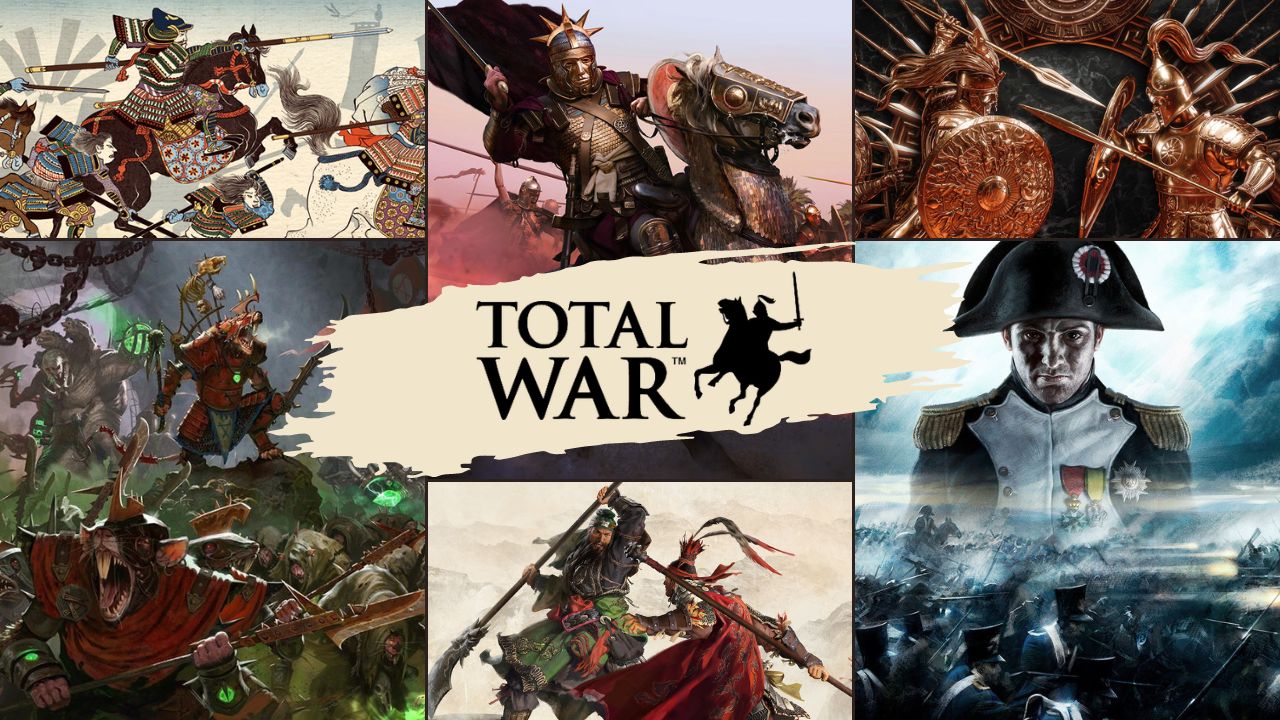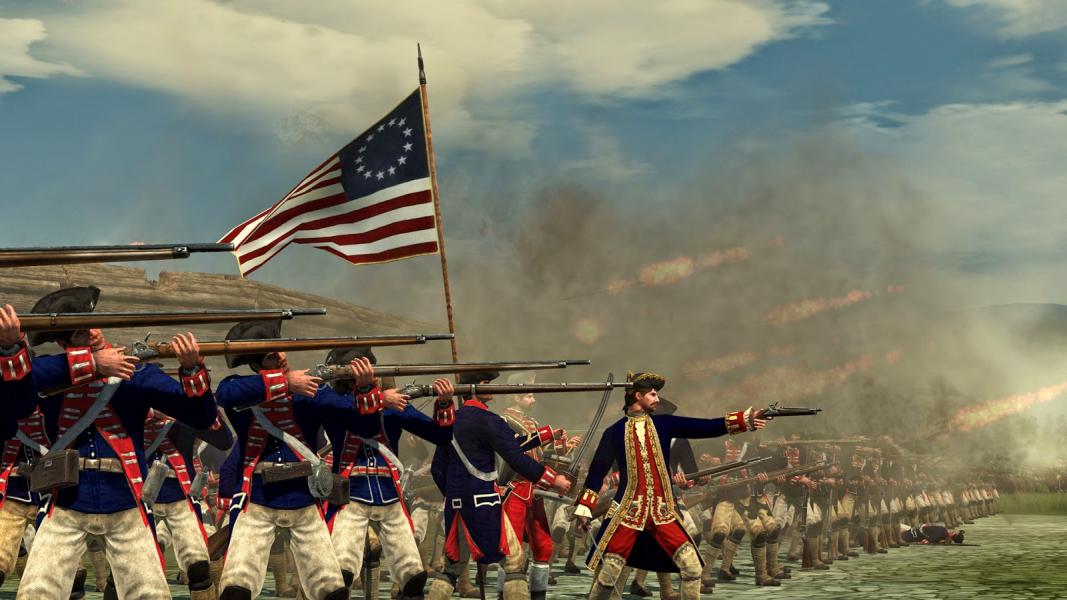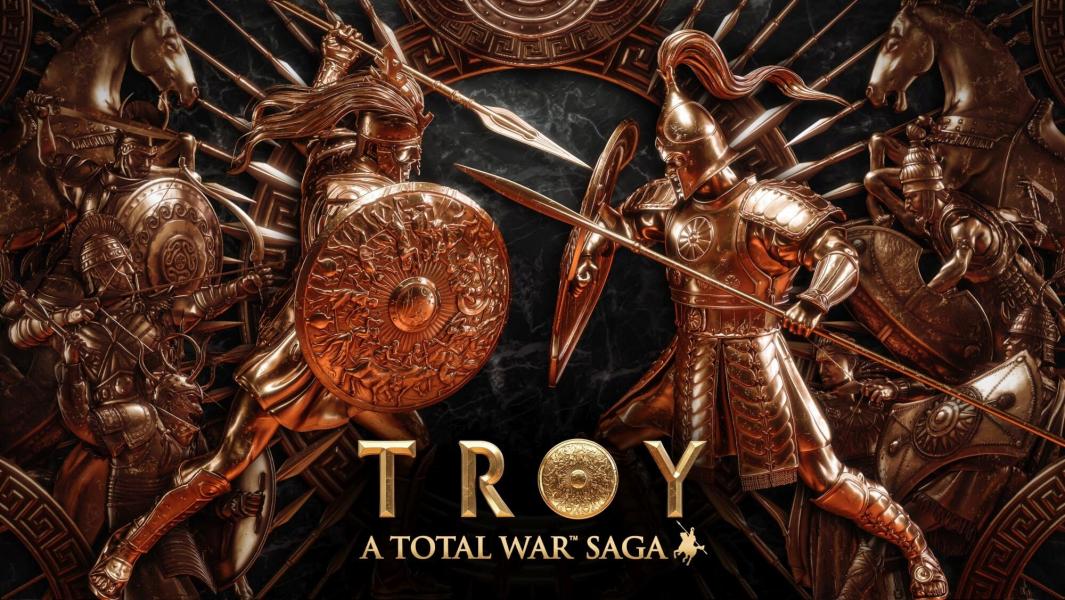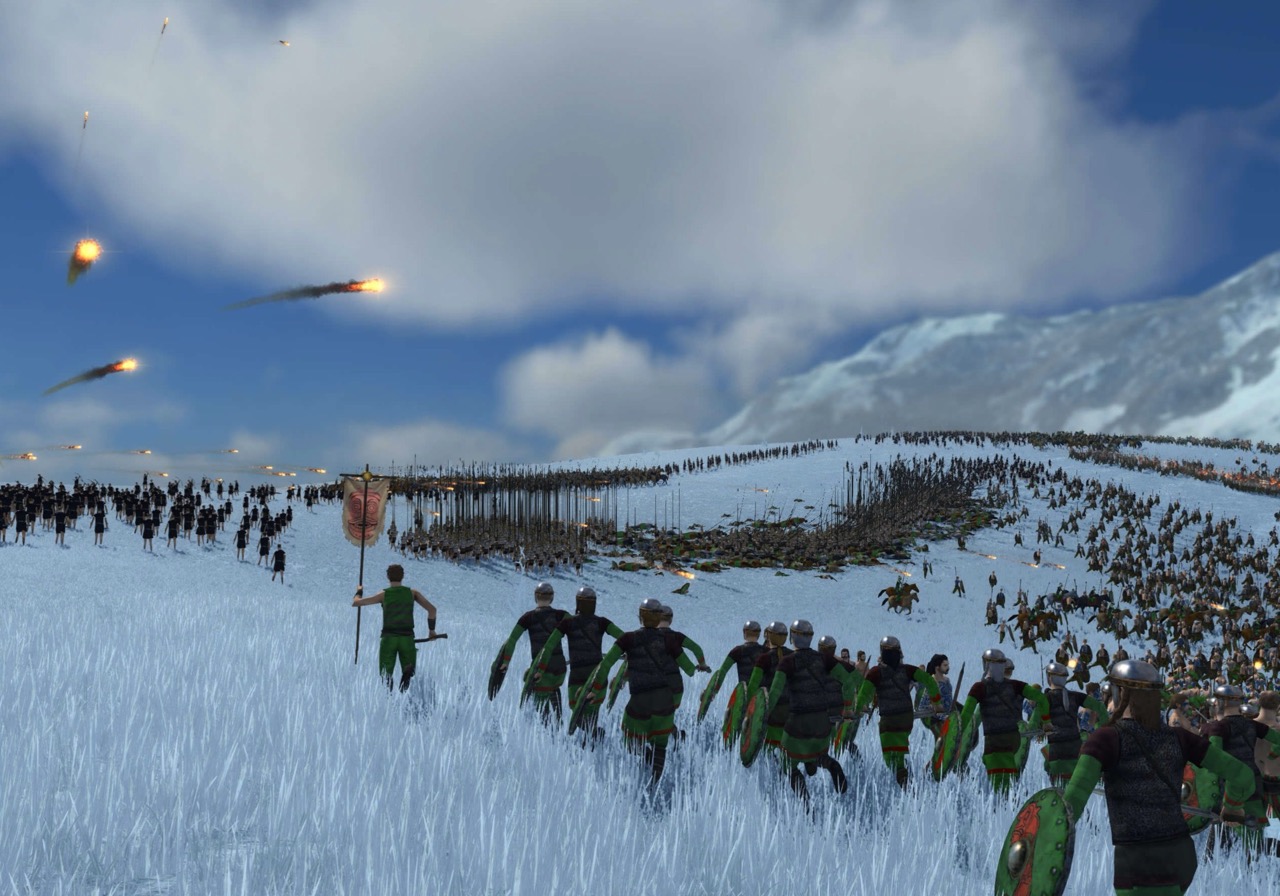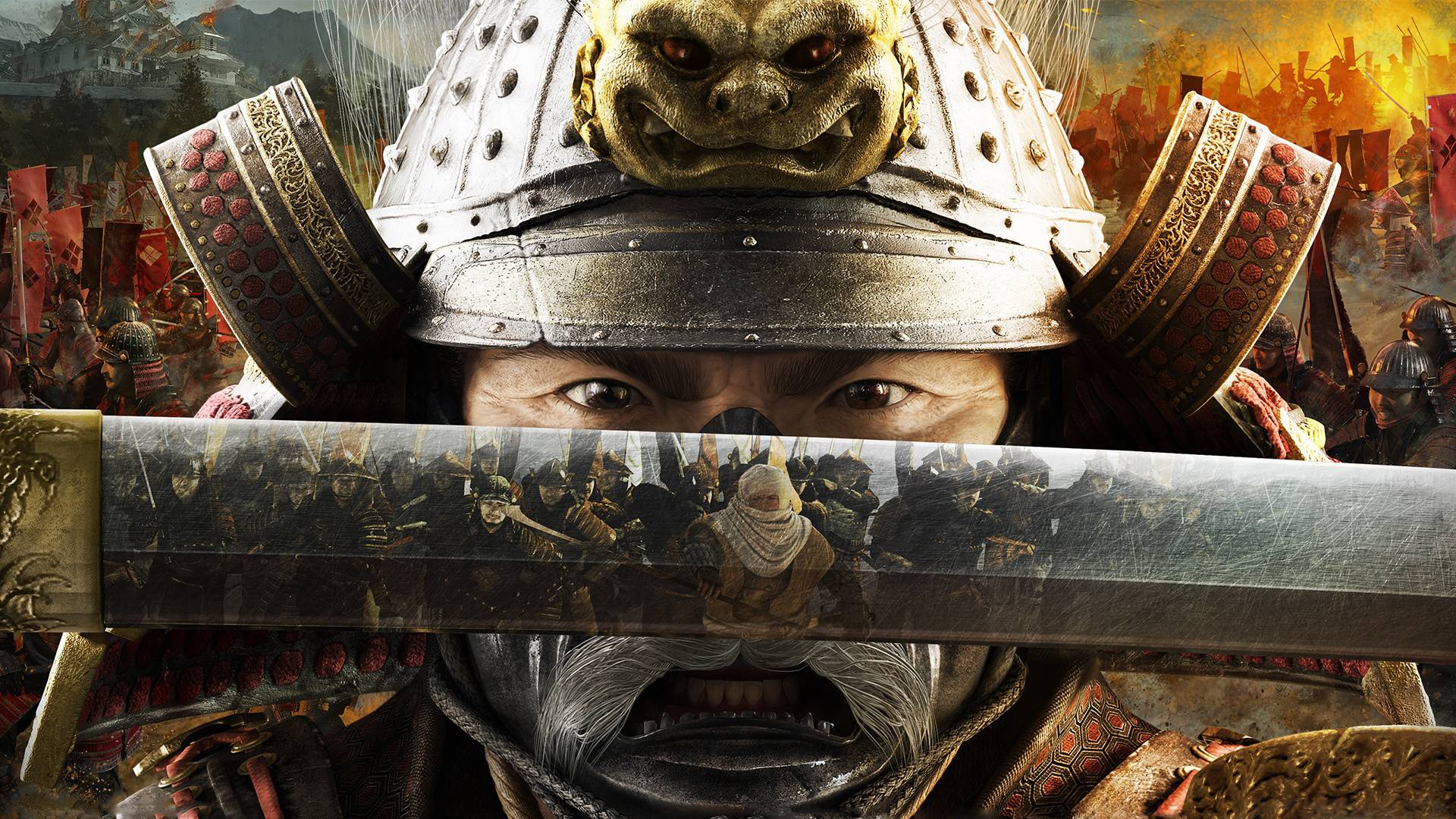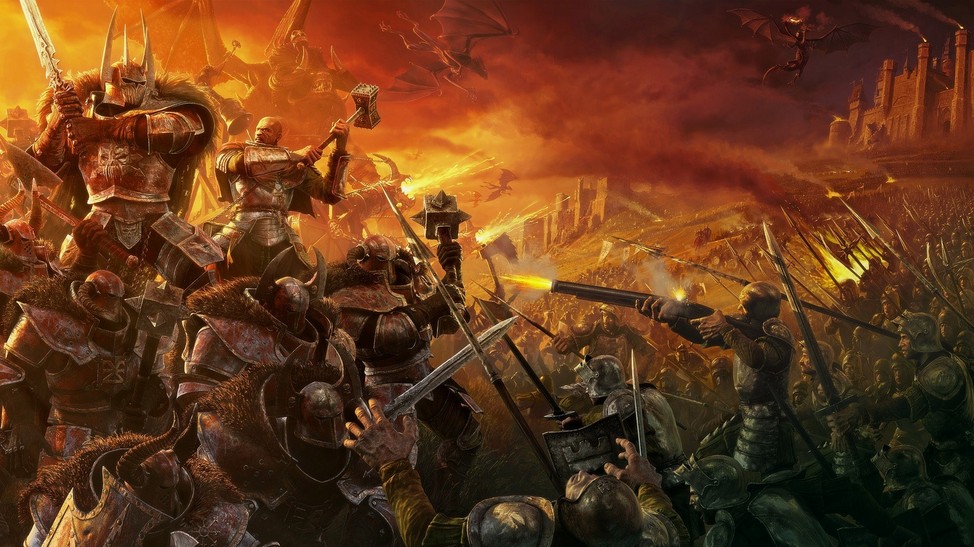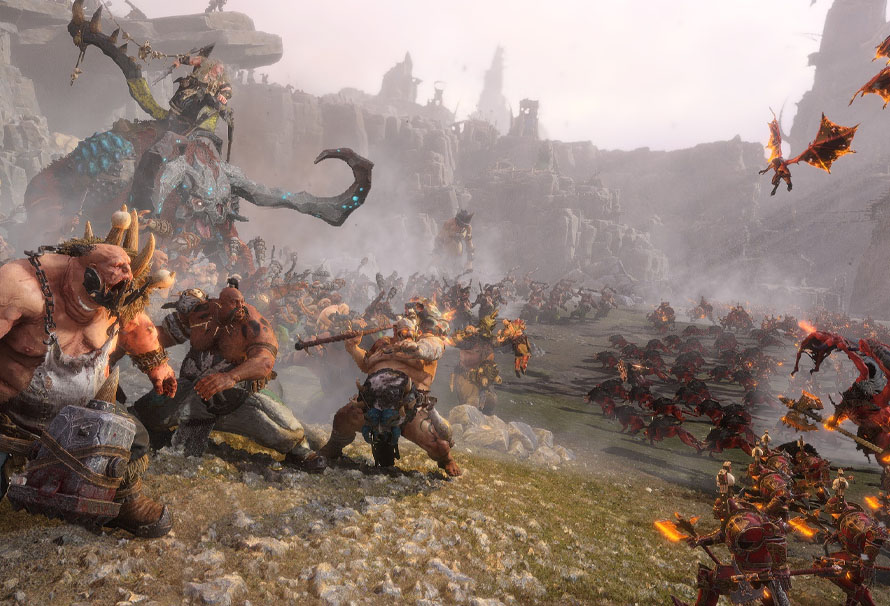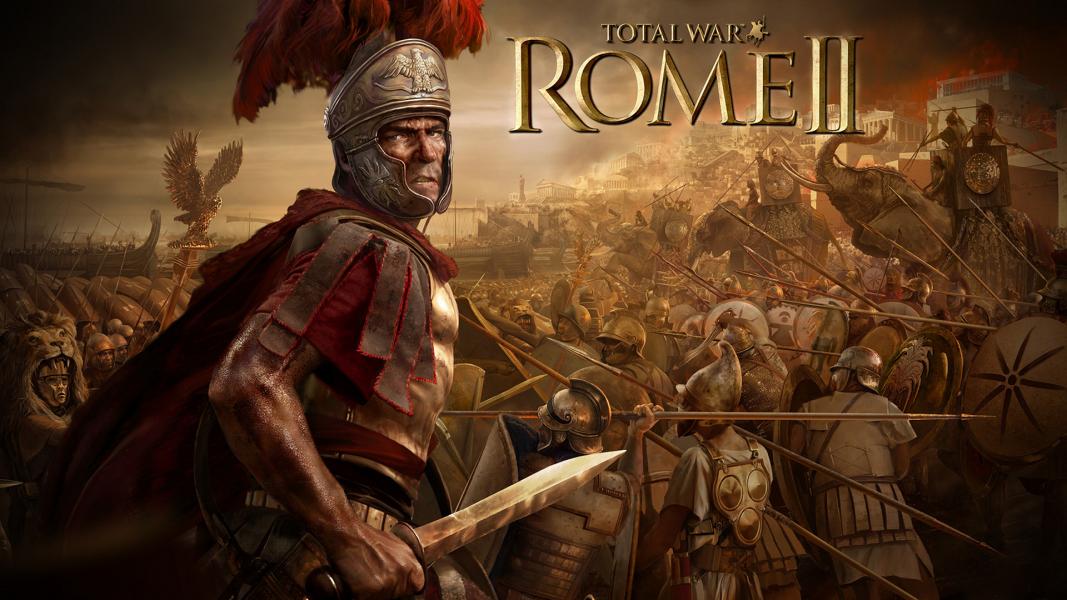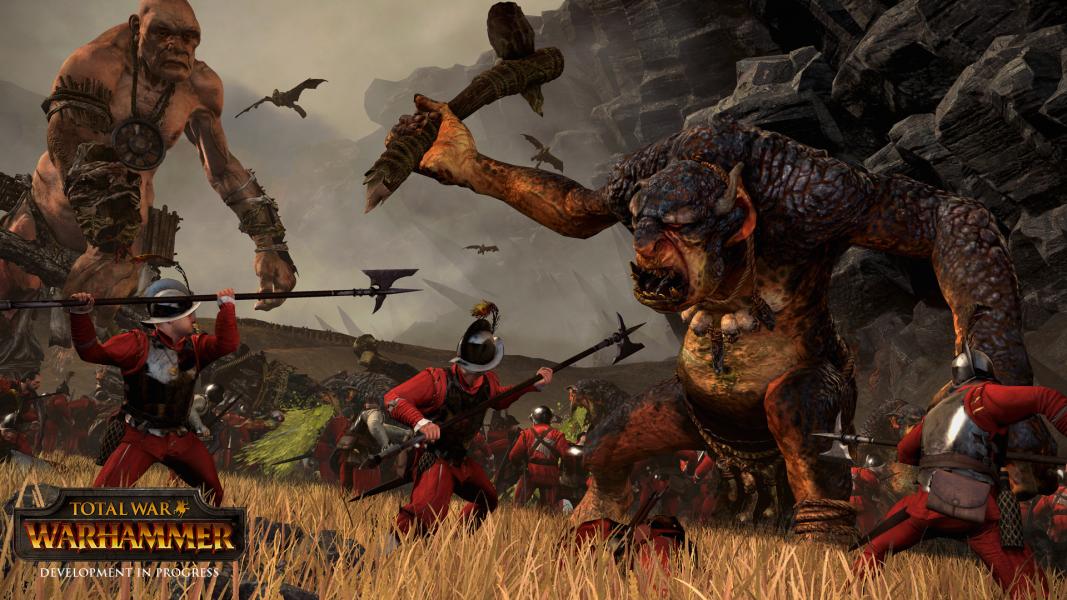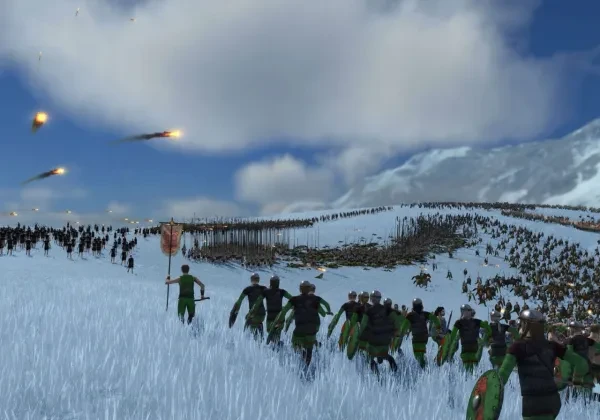
Released in 2000 on PC, the Total War series is one of the greatest real time strategy franchises in video game history. Combining turn-based grand strategy with gripping, intense battles where players put their tactical skills as generals to the test, Total War remains one the highest rated and beloved series today.
10. Total War: Arena (PC)
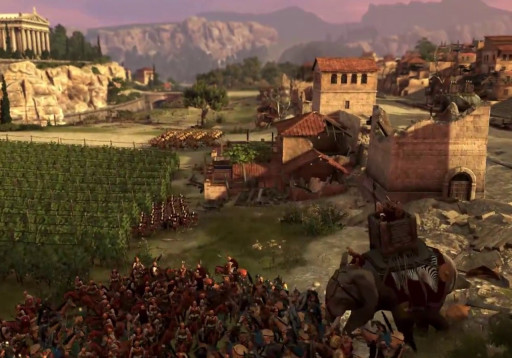
Kicking off the list we have the first 100% multiplayer, free-to-play game to be released in the Total War series.
In Arena, players controlled smaller groups of armies made up of approximately 300 soldiers–far fewer than what they were used to in previous titles where they could command multiple armies of thousands of soldiers at once. Surprisingly, this spiced up the gameplay in significant ways.
Modeled after the MOBA style, two teams of up to ten generals clashed over diverse terrain like mountains, meadows, forests, farms, and more. Each general was based on historical leaders like Caesar or Leonidas, and had their own special traits.
In order to win, you had to annihilate your enemy’s forces, capture objectives, or have more soldiers alive than your opponent at the end of the match.
The hyper scaled down focus on real time tactics made for an immersive experience that gave the spotlight to one of the most beloved elements in Total War gameplay: combat.
You could feel the magic every time your team was in sync and striving towards the same goals, coming to your rescue, or helping you crush the enemy soldiers in front of you.
Unfortunately, Arena was short-lived. We certainly hope they resurrect this title in the future, because it was so much fun.
9. Medieval II Total War: Kingdoms (PC)
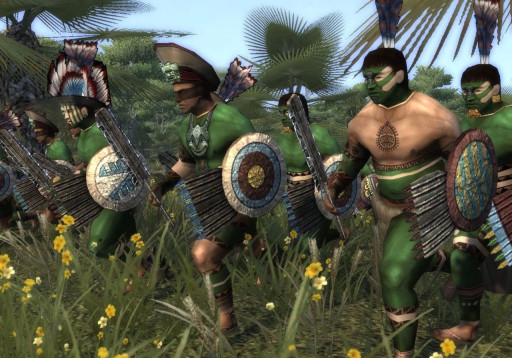
The Kingdoms expansion for Medieval II brought four new, varied campaigns to the game: Americas, Britannia, Crusades, and Teutonic.
With the campaigns centered around the Crusades and the Teutons being very similar to the experience found in the original grand campaign, the Americas and Britannia additions stole the show.
Being able to fight off conquistadores and European invaders as the Aztecs, Mayans, or Apache was a novel twist that had players fighting as iconic warriors resisting the violence of foreign imperialism.
Britannia held a similar theme, but from the perspective of the Irish, Scottish, and Welsh. The campaign starts in the thirteenth century, at a time when the British Isles are a powder keg ready to explode.
By focusing on specific subregions, Kingdoms added some serious depth to all the action occurring across the continent of Europe in Medieval II.
8. Rome: Total War: Alexander (PC/Mobile)

Set about 90 years before the original Rome, Alexander–as the name alludes to–allowed players to reign as Alexander the Great during his conquest of Persia.
Victory conditions were controlled by two important factors: 1) the total number of turns was capped at 100; and 2) if Alexander died, the player lost.
Although not a ton of additional content came with this expansion, beating Alexander was seen by the community as a badge of honor given its greater degree of difficulty.
7. Total War: Shogun 2 (PC)
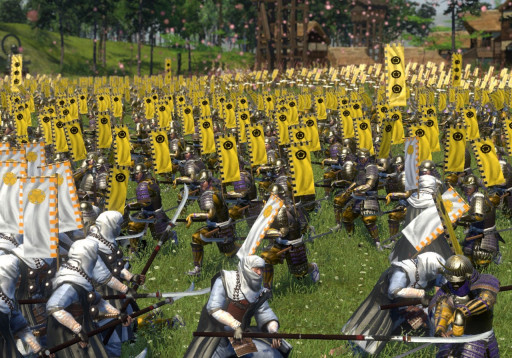
Some readers may be surprised that Shogun 2 isn’t in our top three or five, and that is totally fair given how great of a game it is.
Part of its popularity came from Total War developers returning to simplicity after all the bells and whistles that came with Empire.
Taking place in feudal Japan, players choose one of nine major clans to lead against its rivals in the region. Each clan has unique unit classes and advantages over the others.
As with key new mechanics found in Empire, Shogun 2 provided enhanced character development opportunities for generals and leaders, making them feel like actual heroes and villains. Skill trees also enhanced the game’s role-playing element, kickstarting a trend for future titles.
6. Empire: Total War (PC)

Similar to another Total War game further down the list, many fans of the franchise were unsure at first on whether a setting or time period outside of Antiquity or the Dark Ages would be a good fit for the series.
After loading a campaign or custom battle, however, any concerns around the potential of Empire were quelled, with the game succeeding in bringing to the Modern era nearly one million players in the first year of its release. Have you ever wanted to unleash your inner patriot? Set in the 1700s, Empire was the perfect game to do so.
Empire was the first time that players were able to venture outside of a single region within the grand campaign’s boundaries. Europe, the Americas, and India were all reachable, giving players new climates, terrain, and, of course, civilizations to contend with.
The game features about fifty factions across the globe, with eleven being playable. These included Great Britain, the United States, France, Spain, Prussia, Sweden, Russia, and others.
The naval battle improvements in Empire were a big deal, and ultimately paved the way for new battle mechanics in future games (including aircraft units and dragons).
5. Medieval II: Total War (PC)
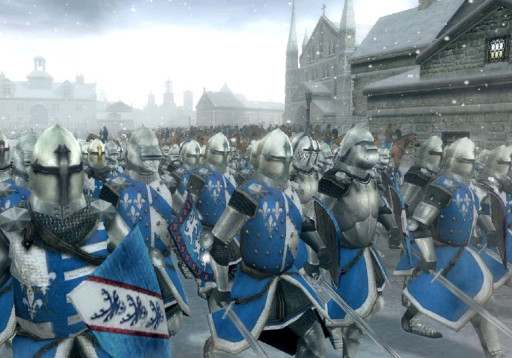
Choosing from one of five feudal kingdoms between 1080 and 1530 AD, in Medieval II players could fight for domination as either England, France, Castile, the Holy Roman Empire, or Republic of Venice.
While it shared many similarities with the original Rome, Medieval II gave players an opportunity to travel forward in time to the period of knights and damsels; complete with bright, colorful banners and full suits of armor.
Improvements in the game included unique combat animations (finishing moves and armor upgrades, for example) and new agents to further your diplomatic aims in the grand campaign, especially through subterfuge.
4. Total War: Warhammer (PC)
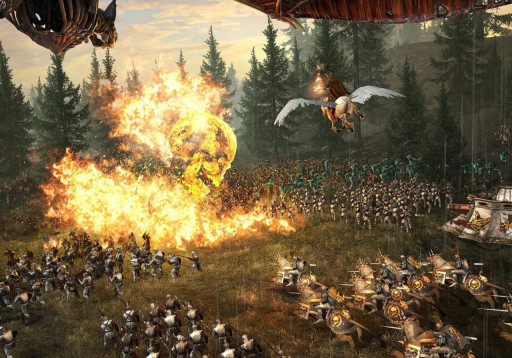
Where do we begin with Warhammer? This was such an unexpected diversion from the historical focus belonging to preceding and succeeding games in the Total War series that many fans were unsure whether or not it would be successful.
It was without a doubt one of the best games in the series, and for many reasons.
Warhammer crossed Total War’s famous turn-based campaign plus real time combat formula with the fantasy universe of Warhammer. And it was awesome.
Spells? Check.
Creatures? Check.
Dwarves, Goblins, and Vampires? Check, check, check.
Those dragons we were talking about earlier? Big check.
Thanks to the rich character backstories, the replayability of the original Warhammer was unprecedented . Each campaign immersed players in a truly one-of-a-kind story.
3. Total War: Rome II (PC)
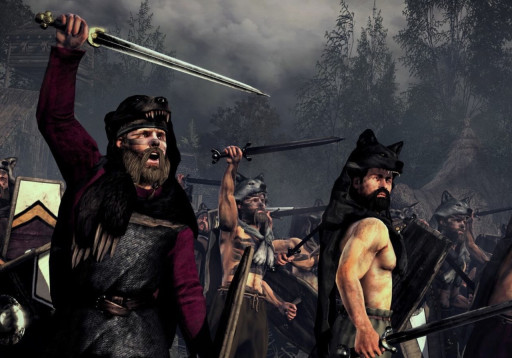
Set in the same timeframe as the original Rome: Total War (~270 BC to the first century AD), Rome II brought cutting-edge graphics to the series and majorly revamped gameplay. This title was a huge undertaking, and some said that the developers tried to boil the ocean with it.
Rome II increased the total number of factions present in the game to well over one hundred, and made HUGE updates to the grand campaign and combat.
It was also the first time that players were given the option to enable gore effects in combat, making the “look and feel” both realistic and more terrifying. In case anyone needs a reminder, these were brutal times indeed. Navies and armies battling together in real timeadded a whole new factor to the tactical gameplay as well.
Although its initial release was rocky due to bugs and glitches, the developers of Rome II delivered on their vision for the game following a few subsequent patches. And having the highest number expansions in the series to date, Rome II kept the game feeling new for years to come.
2. Rome: Total War: Barbarian Invasion (PC/Mobile)

The first expansion pack to the original Rome: Total War, Barbarian Invasion took place when the Roman Empire was on the decline, eventually splitting into East and West.
Set in the fifth century AD, the game introduces new mechanics that refresh the campaign experience as gamers battle against the onslaught from “barbarian” factions such as the Huns and Goths.
UnlikeRome, whenlast cities were conquered in Barbarian Invasion they became nomadic (“hordes”) instead of fading into the shadows of history.
Nighttime battles were a new feature in Barbarian Invasion as well. This expansion added many new elements for players to consider when building their ancient civilizations and the militaries needed to defend them.
1. Rome: Total War (PC/Mobile)
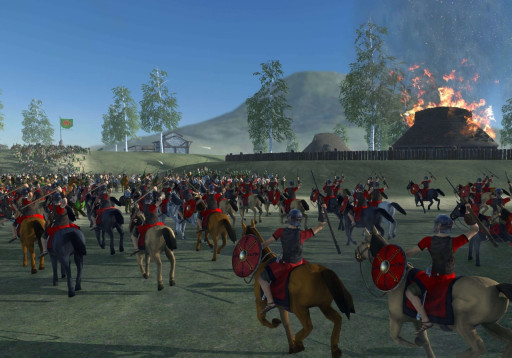
This is without a doubt the game that put the Total War series on the map.
Set between 270 BC and 14 AD, players start the game by choosing one of three Roman families at the beginning of the Republic: the Julii, the Brutii, or the Scipii.
The objective of the game was clear at its outset: conquer your enemies–at home and abroad–using military prowess and political skill.
Negotiate trade rights. Sue for peace. Crush rebellions. Protect your heirs as they lead your armies into battle.
The nostalgia kicks in just thinking about it.
In Rome: Total War, the destiny of Rome and therefore Western civilization was truly in your hands.
—
Did you enjoy this content? Check out the following articles for more tips, tricks, or reviews about the games you love!
Top 7 Legendary Lords in Total War Warhammer
Best Total War Games to Play in 2016
The 25 Best Strategy Games of All Time that are Still Fun Today


